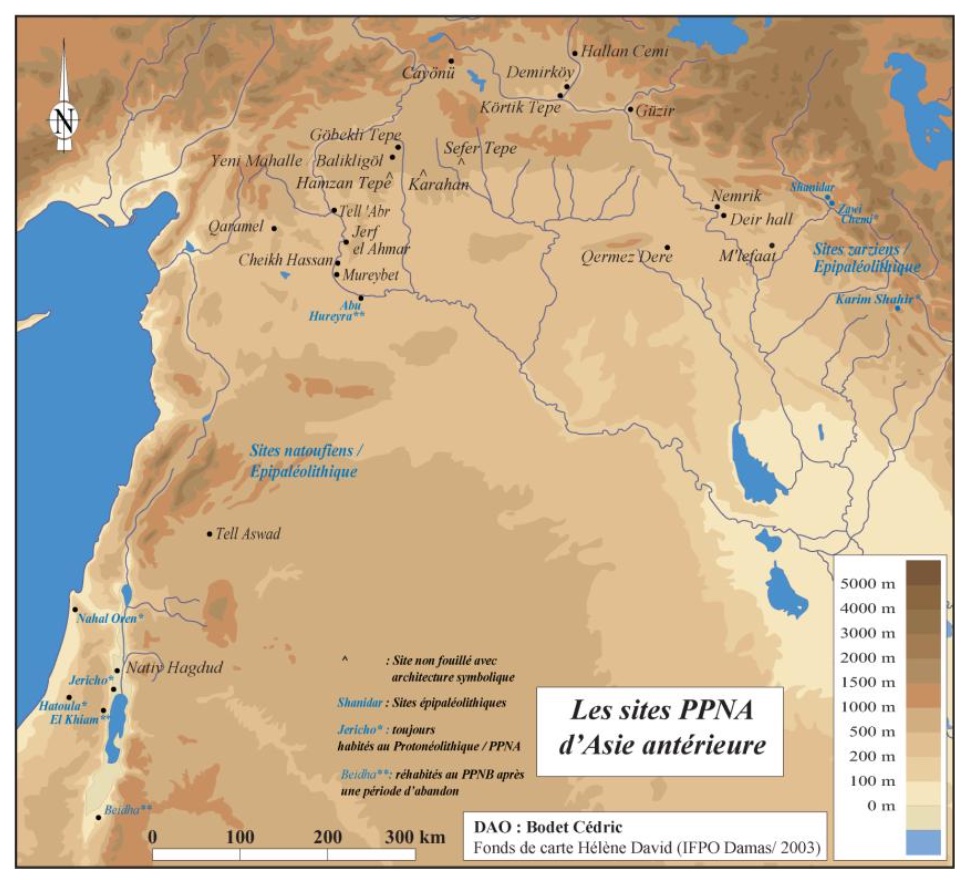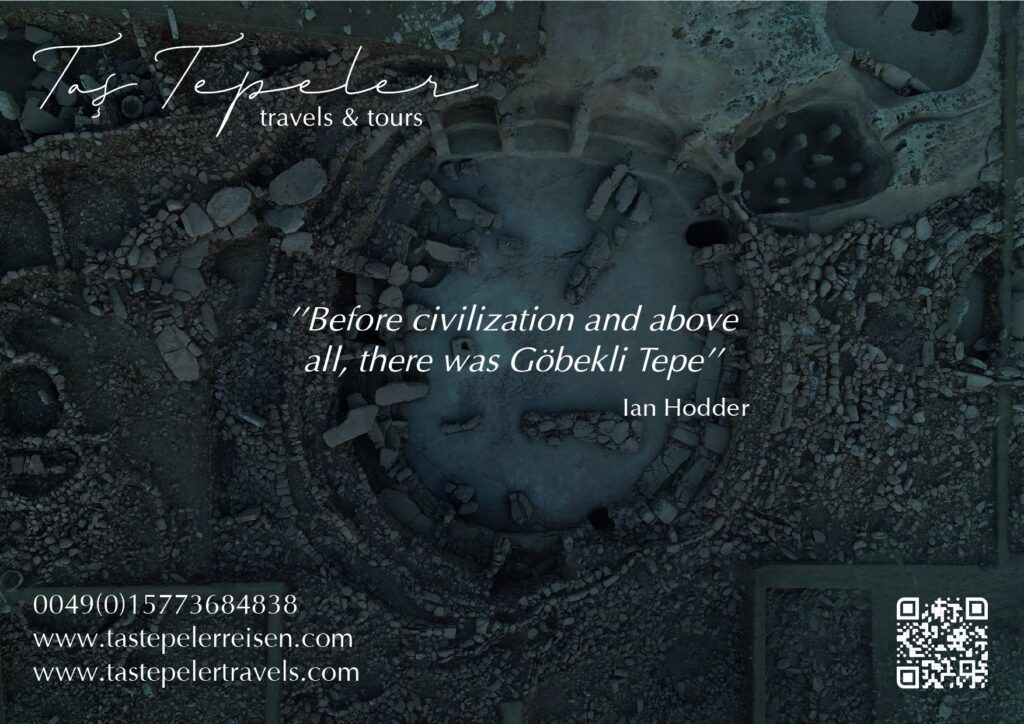
After discarding, on historical and structural grounds, the idea that Neolithic sumptuary buildings could represent temples, it is assumed that the pillars of Göbekli Tepe relate to a system of belief illustrated by a mythology featuring interacting mythical beings. Like a mirror, the form taken by this symbolical interrelation must reflect something of that society’s own form of internal social relations. Numerous ethnological studies, like the work of Lévi-Strauss, have shown that among primitive societies2, the exchange of women is the most crucial subject of social interaction. These matrimonial rules exist under a great number of forms, but there is one universal principle determining them all and it must have characterized the social organization of Euphratean Neolithic societies as well: a group receiving a woman must absolutely give another woman back, thus creating an inalterable sense of reciprocity, as well as a strong and egalitarian bind between the communities involved in the exchange network. Reviewed in the light of this basic social consideration, the symbolism of Göbekli Tepe starts making sense.


